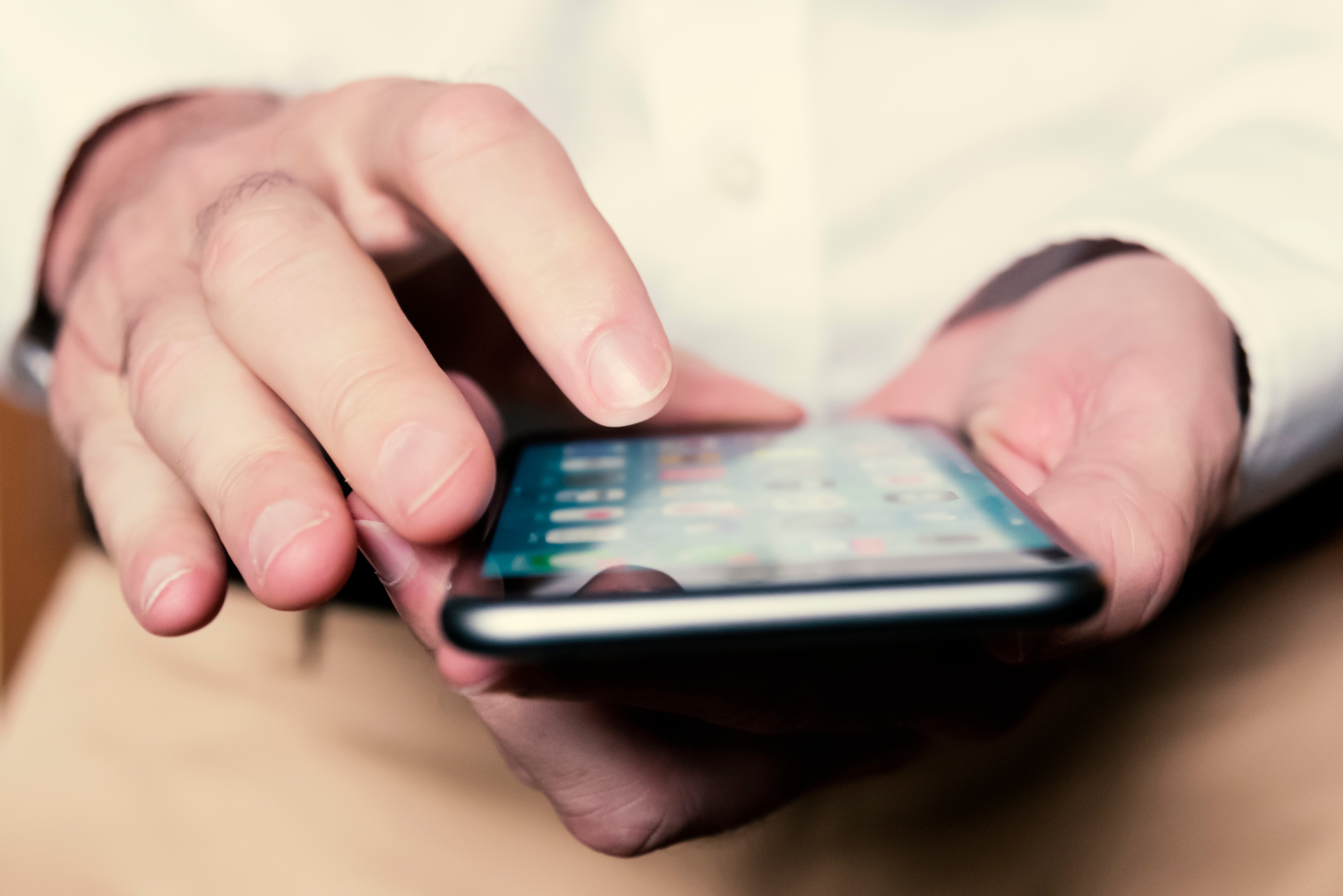How to cope with tinnitus from cold weather months
Tinnitus presents as a persistent ringing, buzzing or clicking in the ears. Cold weather can intensify symptoms. Click here to read more about it!

Introduction
You know that persistent ringing, buzzing, or clicking in your ears or head? That’s tinnitus. Some 740 million people around the world suffer from the same affliction.
Tinnitus occurs when you hear sounds that aren’t present, which can impact your quality of life. Tinnitus from cold weather may worsen the buzzing and ringing in the ears.
In this article, we’ll discuss tinnitus from cold weather. We’ll also give you some tips to help you manage it during the winter months.
What is Tinnitus?
Tinnitus is often described as hearing sounds when there’s no noise around you. It may present as ringing, buzzing, humming, hissing, or even roaring sounds in the ears. This persistent noise can be distressing and affect concentration and sleep quality.
Tinnitus is usually associated with hearing loss. Other possible causes are ear infections and certain medications.
Most tinnitus sufferers are older adults, and men apparently suffer from this more than women. The symptoms can be temporary or lifelong.
How Cold Weather Affects Tinnitus
When the temperature drops, people with tinnitus may notice increasing ringing and buzzing. Considering that cold weather causes various illnesses, from the common cold to respiratory infections, this can affect the inside of the ear. Remember how having a cold or flu affects your sense of taste and smell? The ears can become congested, too, leading to earwax buildup.
Lower temperatures can also cause tightening of the muscles and blood vessels in the body, increasing tinnitus symptoms. This also happens when depression and anxiety set in during the winter, when there’s little exposure to sunlight.
Impact of Cold Temperatures on Tinnitus

Cold temperatures can impact tinnitus in different ways. Some sufferers may experience irritability due to the more persistent ringing or buzzing in the ears.
Others may find it more challenging to engage in social activity, as they struggle to focus or follow conversations with the internal noise. Low quality sleep can also be an issue, especially as the body attempts to conserve heat during the winter months.
These increased symptoms can make winter an especially challenging time for people with tinnitus.
Managing Tinnitus During Cold Weather
Although there isn’t a cure for tinnitus, there are ways to bring yourself relief, particularly during cold weather. Here are some actions you can take:
- Protect your ears: Wear ear warmers when you go outside. This will help shield your ears from the bitter cold and wind, reducing the risk of exacerbating your symptoms.
- Stay warm: Maintaining a normal body temperature can improve blood circulation and relax your muscles, potentially reducing any worsening of tinnitus. Dress in layers and wear winter clothing, especially focusing on the neck and head.
- Manage your stress: Stress has been known to worsen tinnitus symptoms. Engage in activities for stress relief, such as meditation or prayer, yoga, and deep breathing exercises.
- Stay active: Regular exercise boosts blood circulation and promotes overall well-being. Engage in physical activity indoors or do winter sports, which can help reduce stress and increase endorphin levels.
- Sound therapy: Ambient noise can help mask the ringing and buzzing. Use sound therapy devices, such as white noise machines or smartphone apps, to create a calming environment.
Preventing Cold-Related Tinnitus

Prevention is always better than cure. To minimize symptoms of tinnitus from cold weather, consider taking these following actions:
- Protective headgear: When engaging in outdoor activities during cold weather, wear a warm hat or headband to cover your ears. This added layer of protection will shield your ears from harsh winds and frigid temperatures.
- Stay hydrated: Drinking plenty of water throughout the day helps to maintain healthy blood circulation. Good hydration is essential for overall well-being and can help relieve tinnitus from cold temperatures.
- Avoid excessive noise: Exposure to loud noises can aggravate tinnitus. Be mindful of your surroundings and avoid places where there’s too much noise. Using headphones or earpieces can protect your ears and prevent further damage.
Conclusion
While tinnitus can be challenging, understanding how to manage tinnitus from cold weather is crucial. By being proactive and following the tips mentioned above, people with tinnitus can better navigate the winter months and potentially reduce the intensity of their symptoms.
Remember, prevention and self-care are key in managing tinnitus, especially during the winter. Stay warm, protect your ears, and seek support from health care professionals that specialize in tinnitus management. With the right approach, you can reclaim control over your life and decrease the symptoms of tinnitus from cold weather.














